10 Most Realistic Star Trek Technologies
10Communicator
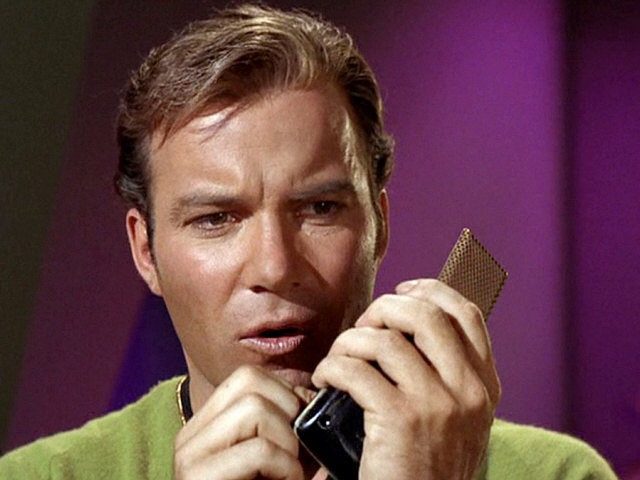
The TOS communicator is the arguably most often cited example of "Star Trek technology that exists in the real world". Martin Cooper, the inventor of the cell phone, allegedly said he was inspired by Star Trek. Also, some cell phones of the early 2000's and some more recent smartphones flip open in a similar fashion as the TOS communicator. But overall, it's only a passing similarity. The device from TOS was more like a walkie-talkie, only with an extremely long range (obviously, because there are no cell towers on an alien planet or in open space). But exactly this seemingly small extra benefit, namely subspace/faster-than-light transmission, remains unattainable. The communicator is nevertheless on my list because it epitomizes the idea of permanently staying in touch, especially with the comm badge since TNG that allows to locate the wearer in a similar way as it would be possible with a cell phone.
9Holodeck
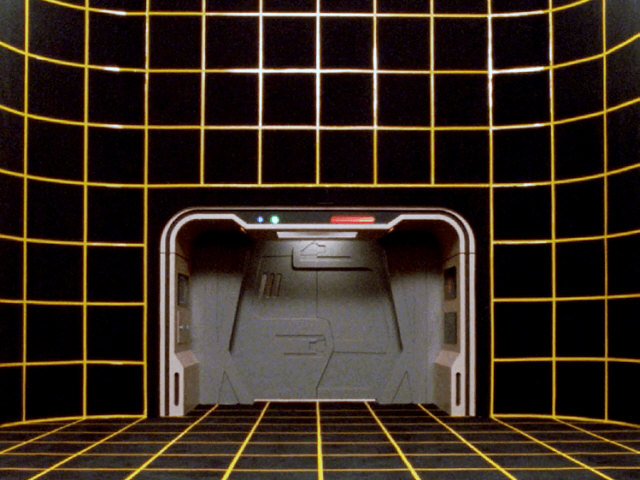
There is a big market for virtual and augmented realities, both in professional applications and as entertainment. The clear goal is to achieve a high level of realism, and ultimately something like Star Trek's holodeck. However, there is no technology yet to project seemingly "solid" objects into an open space, so it is necessary to wear a headset for a good visual (and auditory) experience. Also, the possibilities for tactile feedback to really interact with a virtual environment are currently very limited. While still a far cry from a perfect illusion, the real-life progress in this field is remarkable.
8Replicator
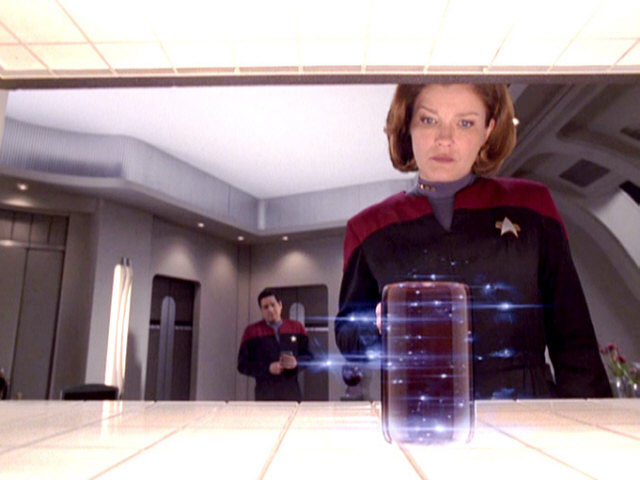
3D printing has evolved rapidly in the 2010's. Formerly considered to be an auxiliary technology for rapid prototyping, 3D printers are increasingly used in industrial production and are available as consumer devices. The printing speed and the achievable level of detail are steadily improved. However, unlike the replicator in Star Trek, the 3D printer is limited to plastic or other materials that can be melted and hardened. Creating meals or complex circuitry at the push of a button still remains a dream.
7VISOR and ocular implants
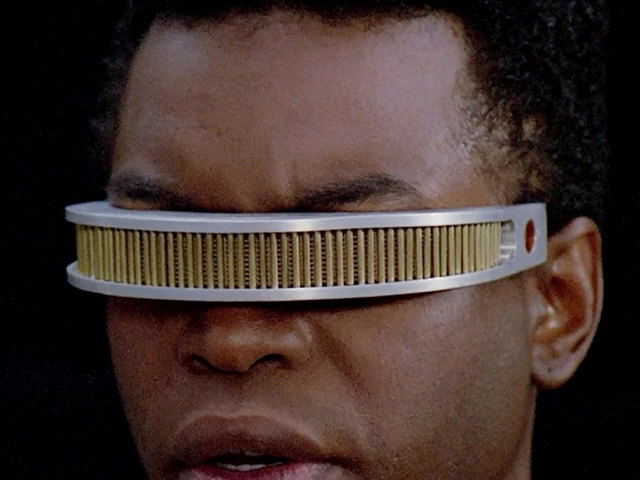
Geordi's VISOR is often compared to retinal implants used to restore eyesight. The main differences are that the VISOR obviously doesn't consist of two distinct eyes and that its interface taps Geordi's brain directly, rather than the optical nerve. Also, with the VISOR he can see a lot more of the electromagnetic spectrum than with normal eyes, as it is visualized in TNG: "Heart of Glory". In TNG: "Loud as a Whisper", Geordi declines Dr. Pulaski's offer to implant something whose description sounds like a retinal implant because its performance would be limited compared to the VISOR. Overall, despite the differences I think the VISOR qualifies for this list. But perhaps the honor of being a realistic eye replacement should rather go to Geordi's implants that he wears since "Star Trek: First Contact".
6Voice interface
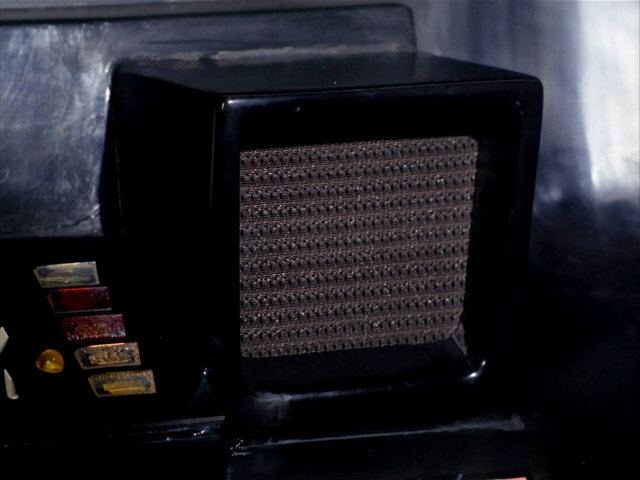
The USS Enterprise had a voice interface similar to Siri or Alexa as soon as in the 1960's. And just like it is customary today, the voice was female. At one occasion, in TOS: "Tomorrow is Yesterday", the computer was even given a personality of its own, after being overhauled on the female-dominated planet Cygnet XIV, and addressed Kirk as "dear". This sexist notion aside, the depiction of the voice interface since TOS is overall realistic, also because it is not used all the time but only for specific requests.
5Tricorder
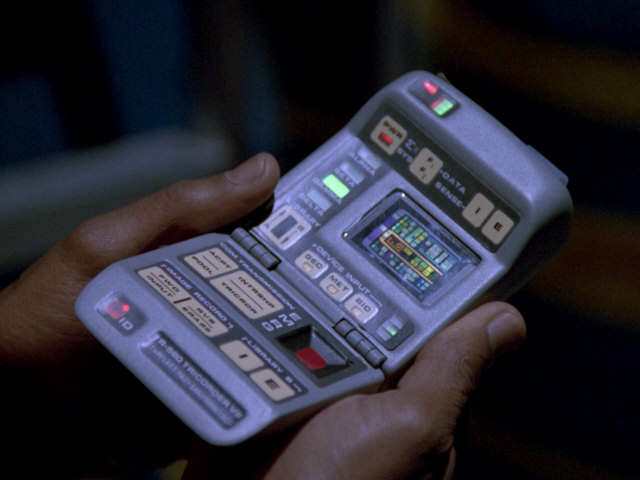
Rather than the frequently mentioned communicator that I have listed further above, I think that the tricorder is a Star Trek technology that has found its way into a real-life device. Most of us are carrying around a basic tricorder all day: the smartphone! Since it was first presented in the 2000's, the phones with integrated cameras have evolved to multifunctional devices with a multitude of sensors that scan and communicate with their environment. And although a smartphone is not exactly a scientific or medical precision instrument (DNA analysis - still very complex!), no one would have predicted it would become an indispensable device on our daily "away missions".
4Paper-free workspace
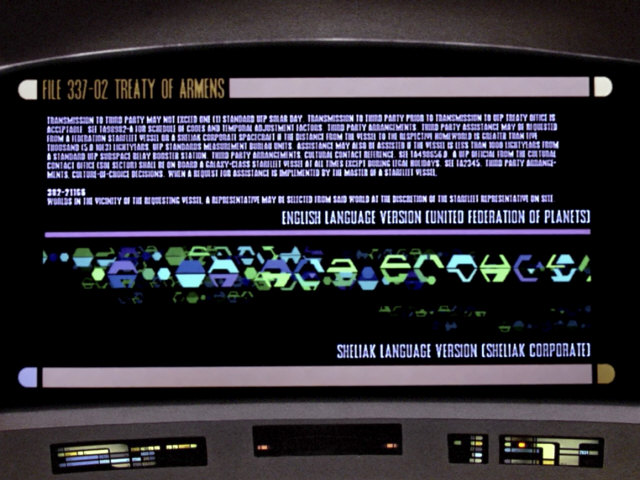
Paper was omnipresent in the offices of the 1960's. It was mostly filled with text by means of handwriting, of typewriters or of analog printing or copying at the time. The culmination of paper consumption was still decades away. And yet, Star Trek was almost paperless from the start. The only time that Kirk signs a paper document is in TOS: "Court Martial". In the same episode, it is shown as a charmingly old-fashioned habit that attorney Cogley is surrounded by books. While I doubt that many people would want to abandon printed books once and for all, the paper-free office is a desirable idea that has become a reality in some fields by now (such as in my own professional workplace, as far as I can influence the workflow).
3Computer-controlled starship
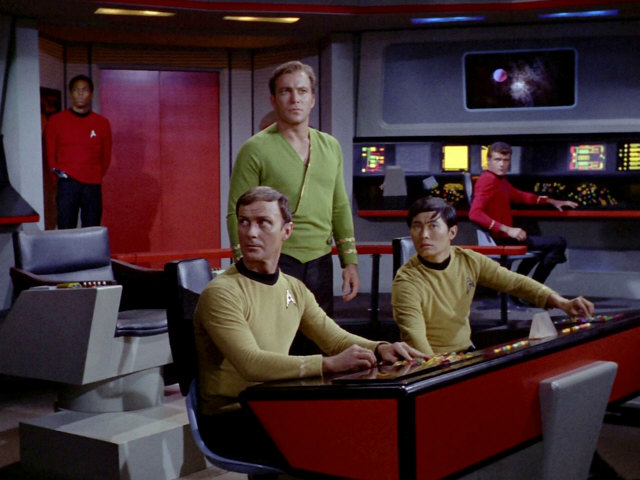
When Star Trek was created in the 1960's, fly-by-wire was in its infancy and the Apollo Guidance Computer with its basic flight control functions was just being developed. The common idea still was to control the functions of an aircraft or spacecraft directly, by means of switches and throttles. The original Enterprise is the first notable depiction of a computer-controlled spacecraft, even though we occasionally get the impression that the ship still has something like an engine order telegraph when Kirk calls Scotty in engineering and orders more power.
2Touch display and PADD
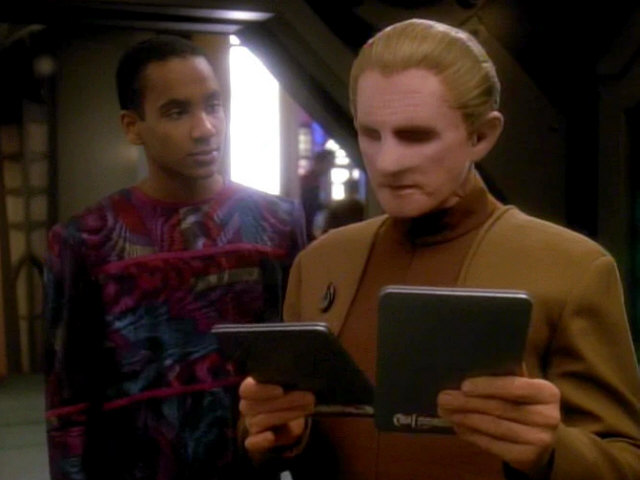
When Star Trek: The Next Generation was launched in 1987, all control panels on the Enterprise were laid out as smooth touch-sensitive surfaces without dedicated buttons. This resulted in a futuristic look and also helped save costs. Furthermore, the crew used PADDs, small handheld computers with flat touch displays and arguably wireless connection. Flash forward to the present time in the real world: Tablet computers look and work almost the same as Star Trek's PADDs, and they are just as omnipresent at our workplaces and in our homes. And although we still prefer keyboard and mouse as input devices when working on stationary computers, our flatscreens (some of which are touch sensitive) resemble those of Star Trek, rather than the CRTs we had in the 1980's.
1Library computer
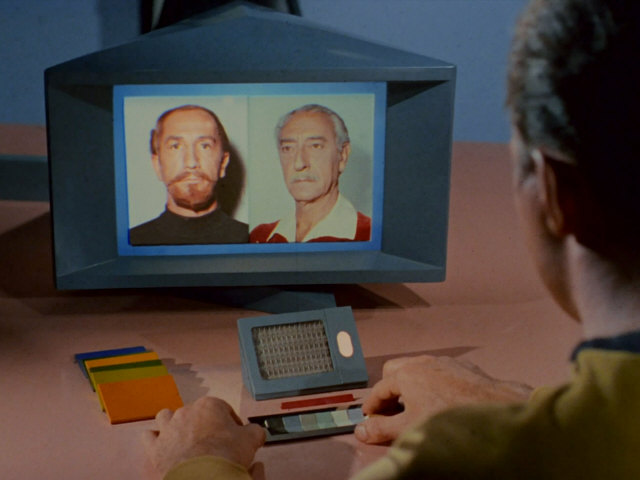
Computers of the 1960's were huge machines fed with punch cards or unwieldy tapes. They calculated sequences of numbers and provided outputs that often were not meant to be human-readable. The idea that a computer could tap a database and provide readily formatted information on a specified topic was still a far cry from reality. And yet, the Enterprise featured a library computer that can be seen in action in a couple of episodes such as TOS: "Where No Man Has Gone Before" or "Dagger of the Mind". In my view, this is the most remarkable example of a Trek innovation that has become a reality.
Annotations
It is noteworthy that almost all innovations on my list are from the field of computers and sensors. The technology in this field has caught up with or has even surpassed Star Trek's visions by now, whereas real-life weapons or propulsion systems are way behind of what can be seen in the series.
Honorable mentions:
- The real-life jet injector actually predates the fictional hypospray. It is questionable if it will ever make syringes dispensable though. The World Health Organization no longer recommends jet injectors for vaccination due to risks of disease transmission.
- Modern intensive care units incorporate many monitors for the patient's condition that are reminiscent of Star Trek's biobeds. Yet, intensive care was already comparably advanced in the 1960's. The most visible innovation that Star Trek came up with, the absence of a maze of tubes and cables around the bed, still has not been achieved in the real world.
- Video communication is a bit of a no-brainer and has always been very popular as a technology of the future, outside Star Trek as well.
- We fortunately(!) have no evidence of how many bytes one quad consists. Therefore, in terms of capacity, real-world data storage may not yet have surpassed the capabilities of Star Trek's data disks, isolinear chips or isolinear rods. Still, considering how common wireless data transfer has become in the real world, they are not as common any longer anyway.
- The taser is often nominated as the real-life equivalent of a phaser. This is true regarding the stun setting of the phaser. However, there is currently no concept of a weapon that could stun, kill, cut, melt and vaporize with the same basic technology.














